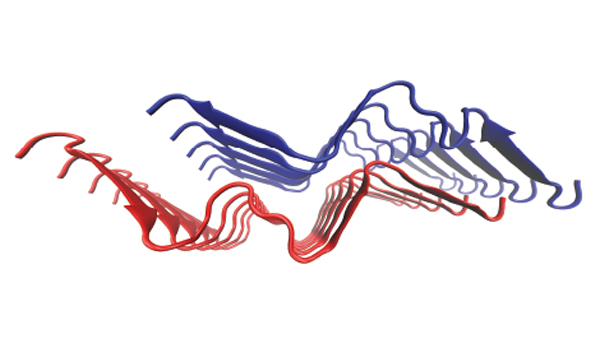
Figure 1: A new W-shaped structural model of E22G 40-residue beta-amyloid fibrils. RIKEN researchers have shown how the unique structure of amyloid fibrils produced by the Arctic mutation can trigger the production of cottonwool plaques in familial Alzheimer's disease. © 2024 RIKEN
An international collaboration led by RIKEN researchers has discovered how unusual spherical structures form in the brains of people with a mutation that causes a form of inherited Alzheimer's disease1. This discovery could help better understand the mechanics of the debilitating neurodegenerative disease.
Why Alzheimer's disease strikes some people but not others is still largely mysterious. But in about one percent of cases that reason is clear-the person has inherited one of a handful of mutations that cause familial Alzheimer's.
"The inherited form of Alzheimer's disease can be caused by mutations to the gene that encodes for the amyloid precursor protein," explains Yoshitaka Ishii of the RIKEN Center for Biosystems Dynamics Research.
Some of these mutations promote misfolding of the amyloid beta peptides into fibrillar aggregates, which are amyloid beta molecules clumped together in strings. Such amyloid beta fibrils are one of the hallmarks of all forms of Alzheimer's disease, although their structures vary according to the disease variety.
Discovering the structures of amyloid fibrils of amyloid-beta peptides could shed light on how the disease develops. It could help with developing ways to prevent or treat the condition.
"Amyloid fibrils are key drug targets for antibody therapies for Alzheimer's," says Ishii. "It's thus important to determine their structures."
Now, Ishii and co-workers have prepared samples of amyloid beta fibrils produced by the Arctic mutation-so called because it was first found in Scandinavia. They then used cryo-electron microscopy and solid-state nuclear magnetic resonance (NMR) to determine its structure.
"While Alzheimer's patients with the Arctic mutation exhibit similar symptoms as people with regular Alzheimer's, the pathological features are unique," says Ishii. "For example, a distinctive type of amyloid plaque called cottonwool plaque is often observed."
Cottonwool plaques are large, spherical plaques. "In Alzheimer's patients with the Arctic mutation, cottonwool plaques can be 200 micrometers in diameter, which is ten times larger than a typical plaque," explains Ishii. "But no one knew how these unique features were produced."
Ishii's team's structural analysis has now revealed how cottonwool plaques may be formed by the mutation. "We've demonstrated that the unique W-shaped structure of amyloid fibrils produced by the Arctic mutation reproduces the major features of cottonwool plaques," says Ishii.
Ishii and his team hope this kind of structural analysis will help Alzheimer's research on two fronts.
"We believe that experimentally creating amyloid fibrils, which mimic the fibrils in various subtypes of Alzheimer's disease, will reveal the complex mechanisms of Alzheimer's," says Ishii. "This direction should also provide good potential targets for antibody or other therapies for the disorder."






